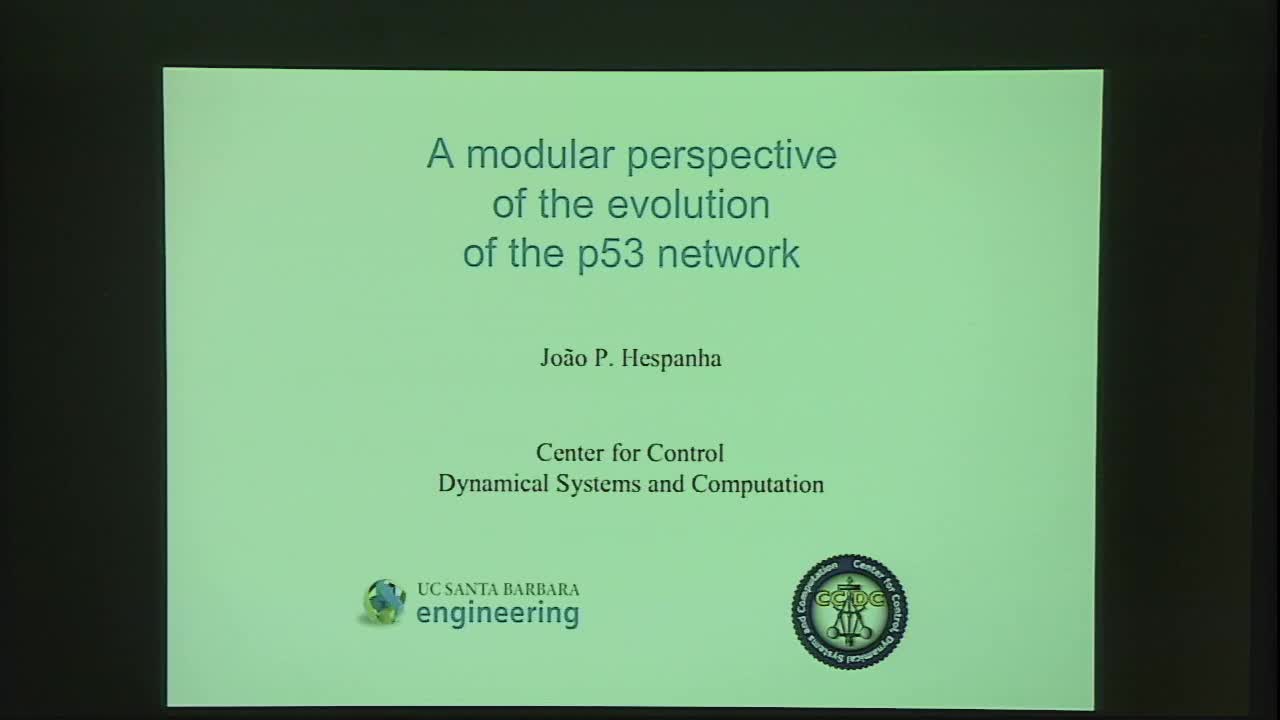An Evolutionary Perspective of the p53 Network
Presenter
November 18, 2015
MSC:
- 92C42
Abstract
p53 is a tumor suppressor gene that is known to be a central hub of the DNA damage response network. It plays a critical role in guarding against cancer development and the loss of p53 function is involved in most human cancers.
In humans, p53 is part of a sophisticated network of proteins that mediate cell fate decisions such as the initiation of cell-cycle arrest, DNA repair, senescence and apoptosis. Aside from p53, this network includes the proteins MDM2, PTEN, and ARF among a host of other upstream, downstream and intermediate species involved in sensing, transduction and regulation.
In this talk we explore the evolutionary history of the p53 protein network. While homologs of the p53 gene seem to have been preserved over one billion years, this is not the case for the other proteins in the network; one can find organisms that express a p53 homolog together with different combinations of the remaining genes.
We use the evolutionary analysis as the starting point to partition the p53 network into independent modules and then attempt to infer the function of each module within the network. Our results show an evolutionary path towards networks with an increasingly complex structure of multi-stability, which we conjecture is associated with cell fate decisions.
Work done in collaboration with Hari Sivakumar and Stephen Proulx.
